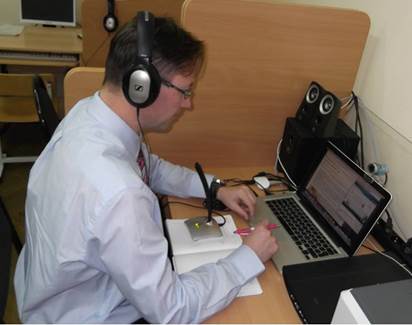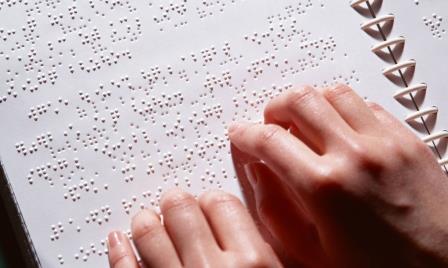References
- Order of the Ministry of Labor and Social Protection of the Russian Federation dated April 19, 2021. № 250n. «On approval of the professional standard “Head of an educational organization (management of a preschool educational organization and a general educational organization)”». (In Russ.)
- Kozyrev YU. V. Organizatsiya komandnoy raboty uchiteley v usloviyakh razvitiya shkoly : dis. kand. ped. nauk. St. Petersburg, 2002. 175 p. (In Russ.)
- Komarov M. S., Gorshkov V. Yu. Professional values of the teacher: commitment to school and job satisfaction. In: Yaroslavskiy pedagogicheskiy vestnik. 1998. № 3 (15). P. 61–66. (In Russ.)
- Makarenko A. S. Methods of organizing the educational process. In: Pedagogical works: in 8 volumes. T. 1: Pedagogical work (1922–1936). Moscow : Pedagogy, 1984. 368 p. (In Russ.)
- Makarchenko M. A. Theory of organization and organizational behavior: textbook for bachelors. St. Petersburg, 2008. 160 p. (In Russ.)
- Maksimova E. A. Teamwork as a resource for school development. Moscow, 2015. 144 p. (In Russ.)
- Meskon M., Albert М., Hedouri F. Fundamentals of Management. Moscow, 1995. 704 p. (In Russ.)
- Farkhatdinov N. G., Evstigneeva N. V., KurakinD. Yu. Models of management of an educational organization in the context of reforms: the experience of sociological analysis. In: Voprosy obrazovaniya. 2015. № 2. P. 196‒219. (In Russ.)
- Khokhlov A. V. Culture of team work as a competitive advantage of the head of a general education organization. In: Nauchnoye obespecheniye sistemy povysheniya kvalifikatsii kadrov. 2019. № 2 (39). P. 5‒14. (In Russ.)
- Shobonov N. A. Conflict competence of the school principal. In: Izvestiya Baltiyskoy gosudarstvennoy akademii rybopromyslovogo flota: psikhologo-pedagogicheskiye nauki. 2021. № 3 (57). P. 80–84. (In Russ.)
- Shobonov N. A. Public administration in the context of the implementation of the Federal Law. In: Narodnoye obrazovaniye. 2016. № 9–10 (1459). P. 46‒51. (In Russ.)
- Dee J. R., Henkin A. B., Singleton C. A. Organizational Commitment of Teachers in Urban Schools: Examining the Effects of Team Structures. In: Urban Education. 2006. Vol. 41. № 6. P. 1‒7.












